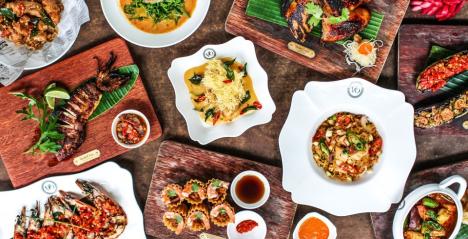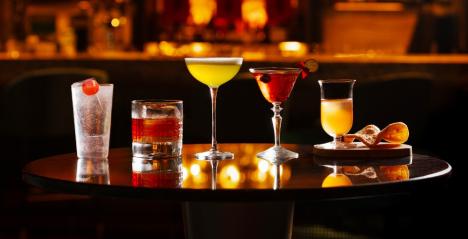With certainty, I can say that most people who are reading this article do not think of rosé as their first option at dinner and there is a very good reason for this.
It is well-known that some producers have the constant goal of throwing rosés onto the market because it’s chic now to have a meek wine and call it “an aperitif” for sipping by the pool without blacking out on the burning sun. But fortunately for us, everything has its positive side; you just have to make a hell of an effort to discover it.
In the early ‘90s, rosé wine faced great resistance in the United States. People saw a pale pink wine and immediately think of white Zinfandel, an oxymoron of the wine world. But now, rosé is no longer just a summer wine to drink on a sunny terrace before lunch. It’s currently at the top of fashion charts, setting trends, with Provence being its largest producer (90% of this region is devoted to rosé).
Affordability is another reason why this drink is becoming popular. Most rosés can be found at a price of 10€ or less, which makes them attractive for a wide consumer base. On top of all that, their popularity also lies in the ease of pairing with a wide selection of dishes.
Structurally, a good-quality rosé has sophisticated acidity and moderate alcohol, with no notes of oak. The acidity comes in handy for spring and summer refreshments emphasizing the freshness of the wine. Moderate alcohol will not stress or overkill the food, and best of all is that this wine essentially has the structure of white wine and flavours of red.
Working in the Balkans for several years, I have to say that this beverage is still relatively unknown here, but more and more producers are dedicating themselves to higher quality rosés. Of course, it’s challenging to produce because techniques of white and red production are used, so to achieve a certain colour, the winemaker has to be very precise and careful. Blending of colours is not permitted (all roses are made from black grapes, with an exception of Pinot Grigio which has a very dark pigment for a white variety).
The colour is only in the skins, not in the juice, and therefore the length of contact between the juice and skins determines the shade of the wine. For pale rosés, the winemaker uses gentle pressing without contact between the juice and skins, but if he/she wants a stronger shade, the skins will be left to macerate in the must for 2 to 20 hours.
Most rosés are blends of several black varieties – Sangiovese, Syrah, Mourvedre, Carignan, Cinsault and Pinot Noir being the most commonly used in Europe.
Some styles of rosés:
- Light dry (most rosés from Provence, rosés made from Pinot Noir in Burgundy or the Loire, as well as Italian Bardolino Chiaretto)
- Semi-dry (other rosés from the Loire and traditional Portuguese roses – Rosé d’Anjou and Mateus)
- Medium-bodied dry (south of France and the Spanish regions such as Rioja and Navarra)
- Full-bodied fruity rosés (made from Syrah or Cabernet Sauvignon from Chile, California and Australia)
- Sparkling (Cava, New Zealand, Australia and rose Champagne)
Written by Aleksandar Draganić. Source
I’m a WSET certified grape juice drinker, and yes, I’m that 1% of people that love their job. I drink wine, write about it, preach about it, even take pictures of it. Find me at @grapenomad
SEE ALSO: Marco Pierre White Explains Why The English House is Not Fine Dining
















